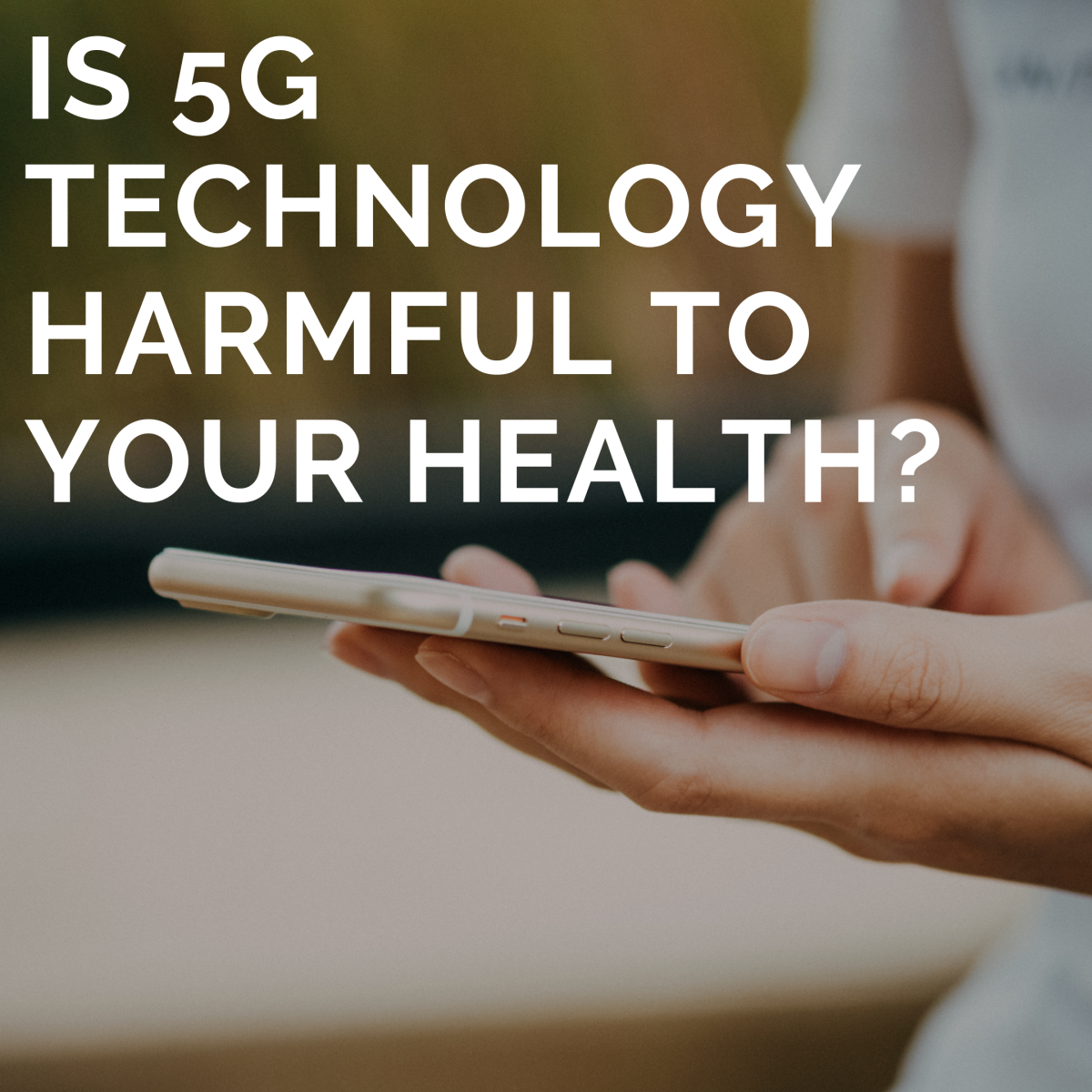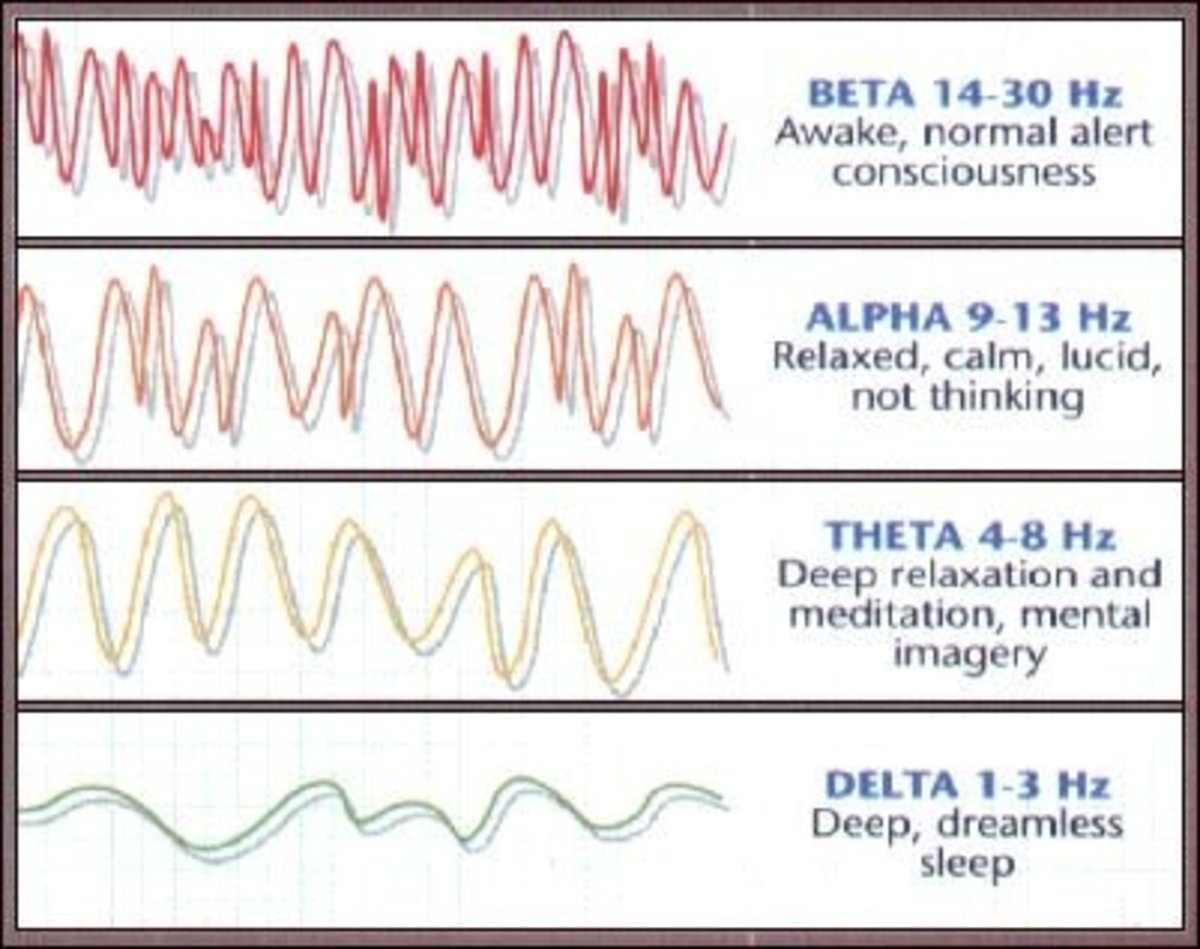3 Health and Environmental Risks Associated With Nanoparticles

Copyright 2012 - Kris Heeter, Ph.D.
As nanotechnology has become popular and used more frequently, it’s been argued that humans are now exposed to billions of engineered nanoparticles daily by ingesting food, exposure via the skin, or by inhalation.
Nanoparticles are small molecules that can be up to 10,000 times smaller than the width of a human hair, and they can be engineered out of a number of different elements (e.g, carbon and silver).
Early on in nanotechnology, these microscopic particles showed promise for use in a wide range of products.
In recent years, manufacturers have started to use them in:
- Food
- Pharmaceuticals
- Electronics
- Cosmetics
- Textiles
The effects of long term exposure are virtually unknown. However, three recent studies highlight emerging health and environmental risks associated with exposure.
Nanomaterials in the blood stream

Health Risks - Ingestion
New research from a team at Cornell University finds that nanoparticle exposure through ingestion of foods and pharmaceuticals may be more harmful to health than previously thought.
This recent study examined the effects of a common FDA-approved nanomaterial found in food additives and vitamins call polystyrene. Polystyrene is often used in the packing and shipping industry as packing “peanuts”. Think of these nanomaterials as tiny packing peanuts that can’t be seen by the naked eye.
The study examined the commercially available, 50-nanometer polystyrene particles that have been generally considered safe for human consumption.
In animal studies, they found that following acute exposure to these particles, the absorption of iron decreased significantly within just a few hours of exposure. Iron absorption is a necessary requirement for cells. Decreased levels of iron in the blood can lead to anemia and overall low levels of iron in the body can lead to a number of health problems.
Health Risks - Inhalation
Nanomaterials are used in the manufacturing of many different types of consumer goods: electronics, textiles, cosmetics, and household products.
Recent research coming out of the University of Edinburgh suggests that the industrial manufacturing of nanoparticles poses risks to the workers who handle them.
Using rats as a model system, the study found that four different types of synthesized nanoparticles could produce distinct patterns of lung injury and in some cases damage to the immune system.
They found that some particles were more likely to trigger asthmatic reactions, whereas, others led to severe lung injury.


Additional Related Articles
Just click on the title to learn more...
Engineered Nanoparticles in Food
A review on how engineered nanoparticles in consumer products, especially food, are unregulated.
Food Additives Linked to Increased Risk of Type 2 Diabetes
Certain food additives have been linked to an increased risk of diabetes - find out which ones.
Food Additives and Dyes - Are They Tested and Safe?
Food additives and dyes are used in processed foods. Learn which ones are considered to be health risks.
Environmental Risks
Three recent studies look at the possible environmental effects of nanoparticles.
The first study:
A new study finds that the widespread use of nanosilver particles in consumer products (e.g., textiles) likely results in the distribution of these nanoparticles in lakes and streams.
Nanosilver is used in the textile industry as antibacterial agents that slow the growth of odor-causing bacteria. For example, nanosilver is popular in making antimicrobial socks.
The study found that nanoparticles in nine different textiles were released into laundry water. Laundry water eventually makes its way into environmental water sources like streams and lakes. This raises concerns among environmental biologists on what the long-term effect of high levels of these molecules will have on water wildlife and the downstream food chain.
The second study:
The effect of nanoparticle exposure on fish (trout) was examined. Researchers found that the particles caused vacuoles (holes) to form in parts of the brain and for nerve cells in the brain. This eventually led to death.
The third study:
This study examines what happens when flies and other insects encounter concentrated nanomaterial hot spots near manufacturing facilities.
Using fruit flies, they found that adult flies died or were incapacitated when their bodies were exposed to large amounts of certain nanoparticles.
Insects play a vital role in environmental stability. This study raises concerns on what happens if a population of insects in a hot spot area is wiped out and also begs the question: what happens when insects pick up and transport nanoparticles on their bodies?
The obvious concern is that they may very well be transferring the particles to other habitats and even humans in and outside the immediate environment.
All three studies, while preliminary, do suggest that more research into the long-term effects of nanoparticles on human health and to our environment are warranted.
In the meantime, as consumers, it's important to keep in mind that these materials are either approved by the FDA with very little background research or in many cases are used in manufacturing with very little to no regulation. Unfortunately, the use of these microscopic particles in products is typically not disclosed on packaging for consumers.
RESEARCH UPDATES - post publication of this original article
4-7-12 Update: Research into nanoparticles and their potential negative consequences continues. Recently, nanosilver has been found to cause DNA damage in humans. For more information, please continue reading the latest research summary at: Nanosilver Particles In Common Household Products Can Cause DNA Damage - Implications on Human Reproduction.
7-7-12 Update: Scientists from Trinity College in Dublin have linked the exposure to nanoparticles from air pollution and smoke to the development of rheumatoid arthritis and other autoimmune diseases.
References
Mahler et al. Oral exposure to polystyrene nanoparticles affects iron absorption. Nature Nanotechnology. 2012.
Cho et a.. Metal Oxide Nanoparticles Induce Unique Inflammatory Footprints in the Lung: Important Implications for Nanoparticle Testing. Environmental Health Perspectives, 2010.
Liu et al. Differential Toxicity of Carbon Nanomaterials in Drosophila: Larval Dietary Uptake is Benign, but Adult Exposure Causes Locomotor Impairment and Mortality. Environmental Science & Technology. 2009








